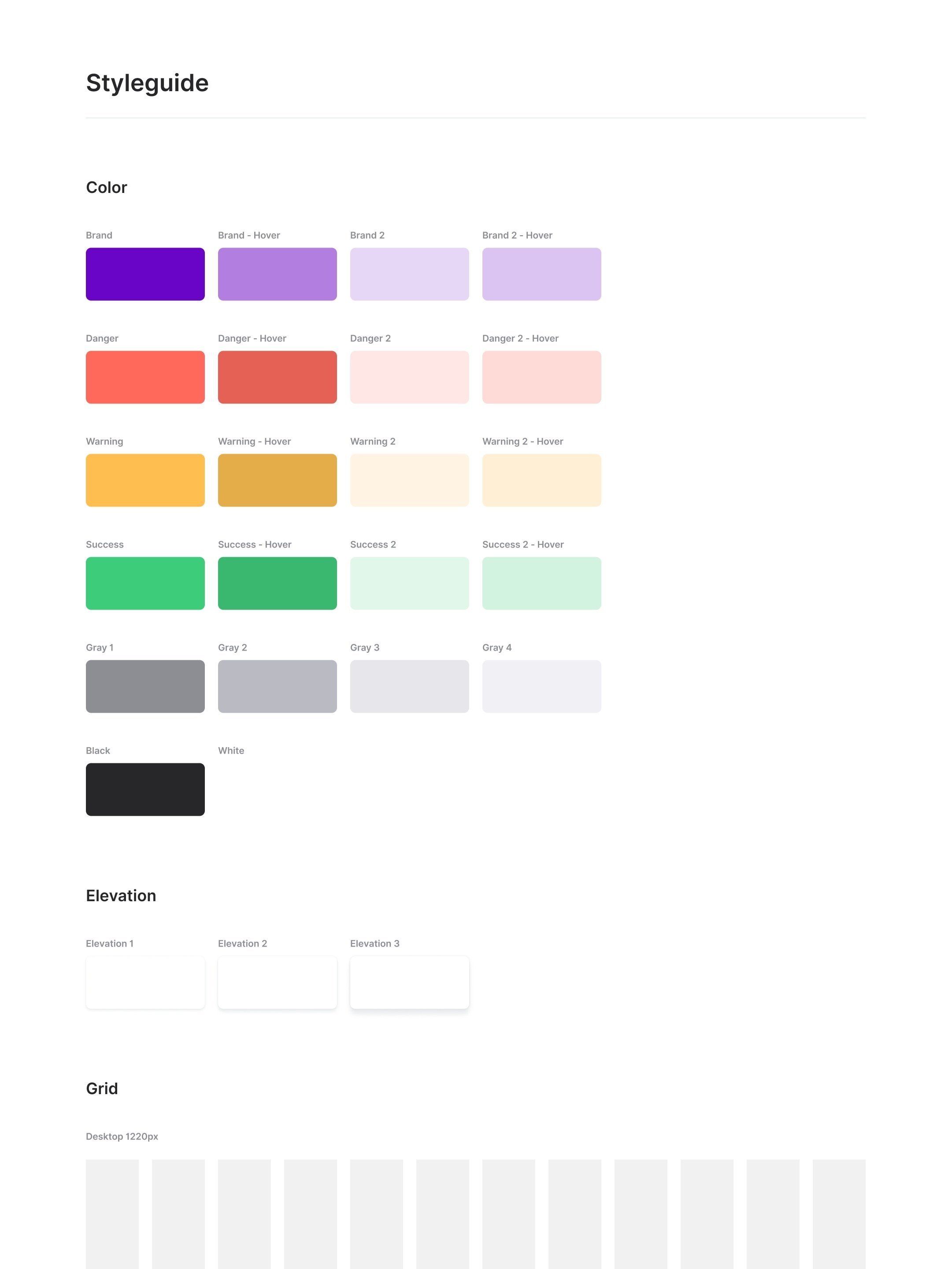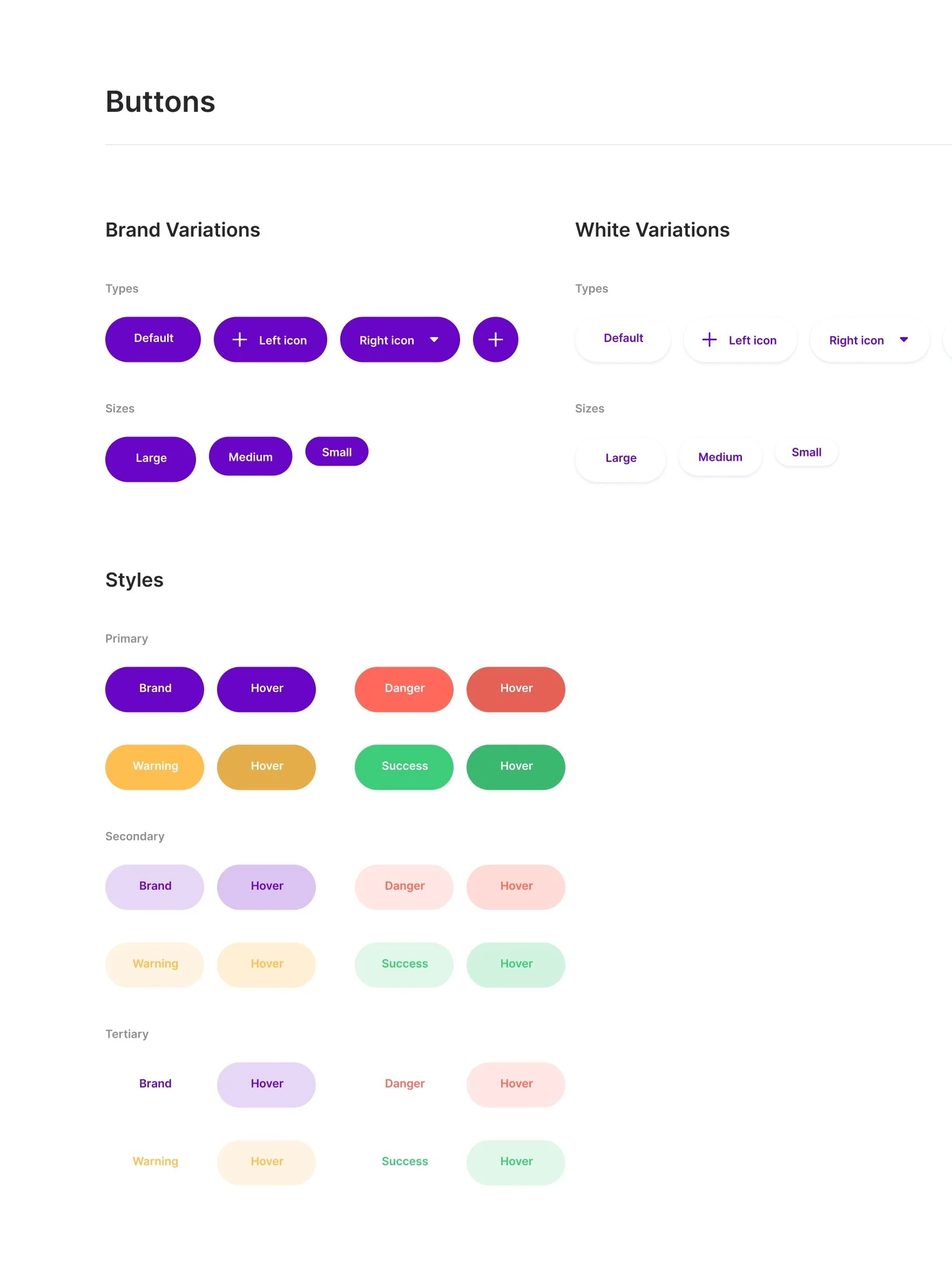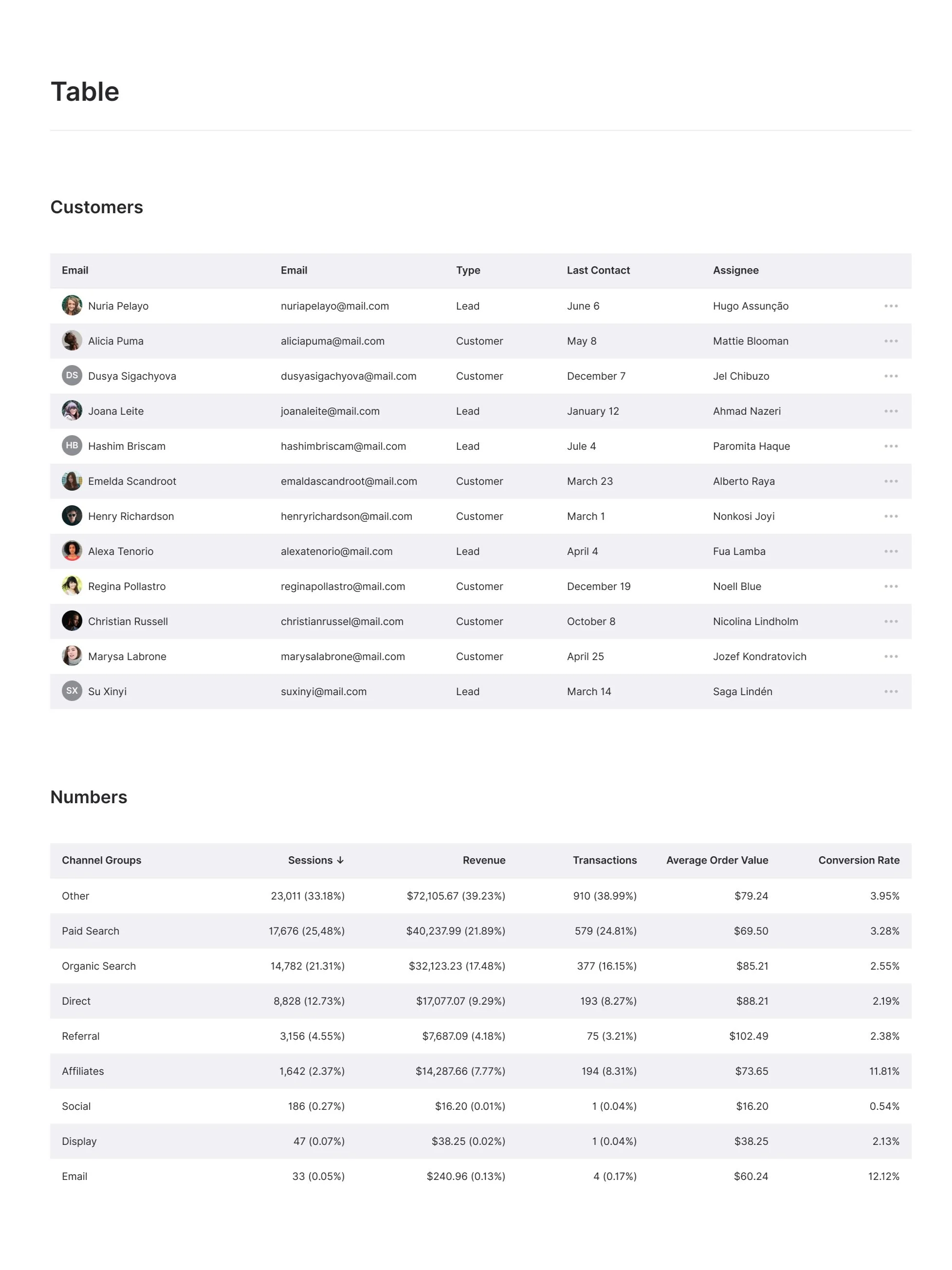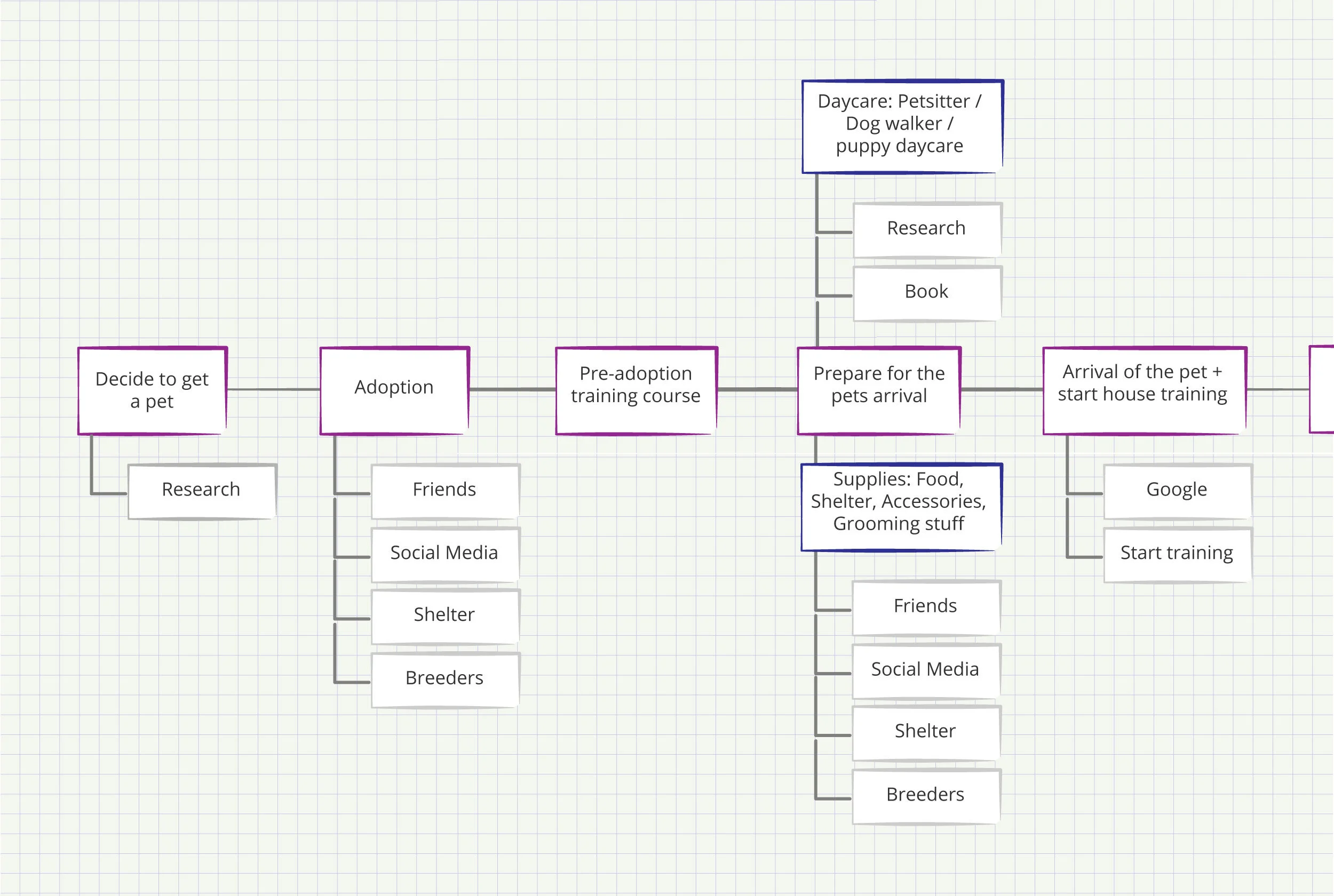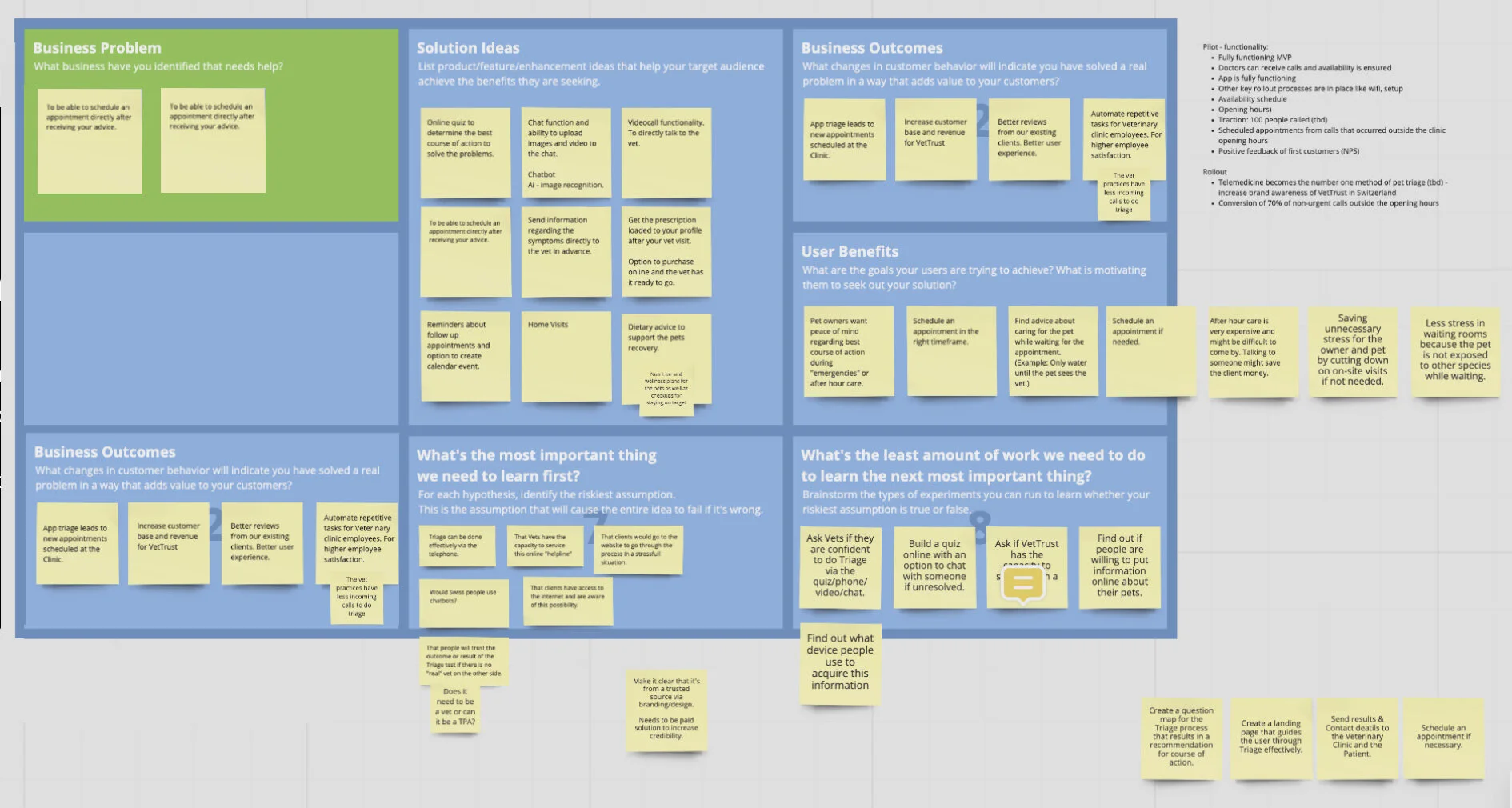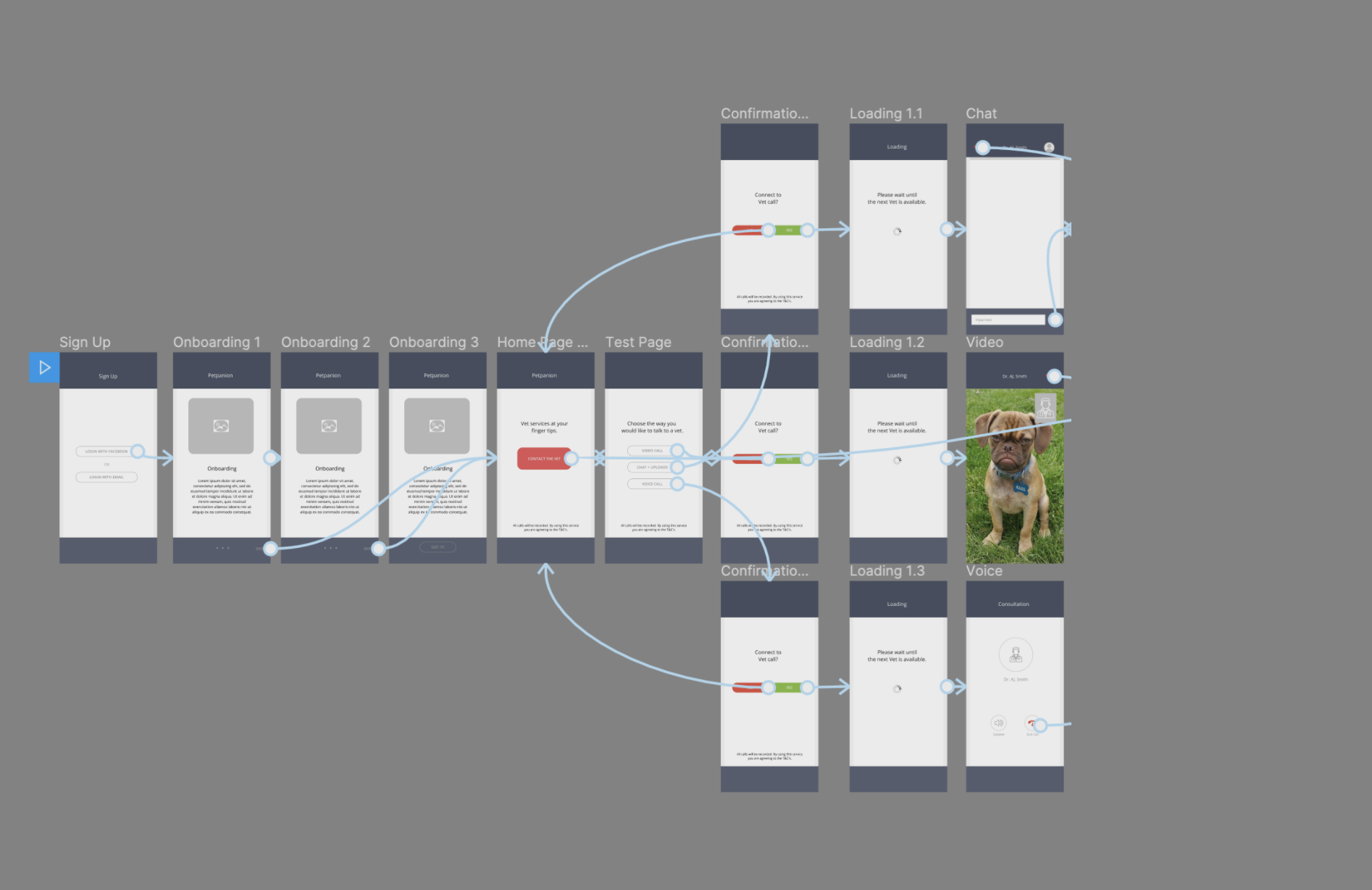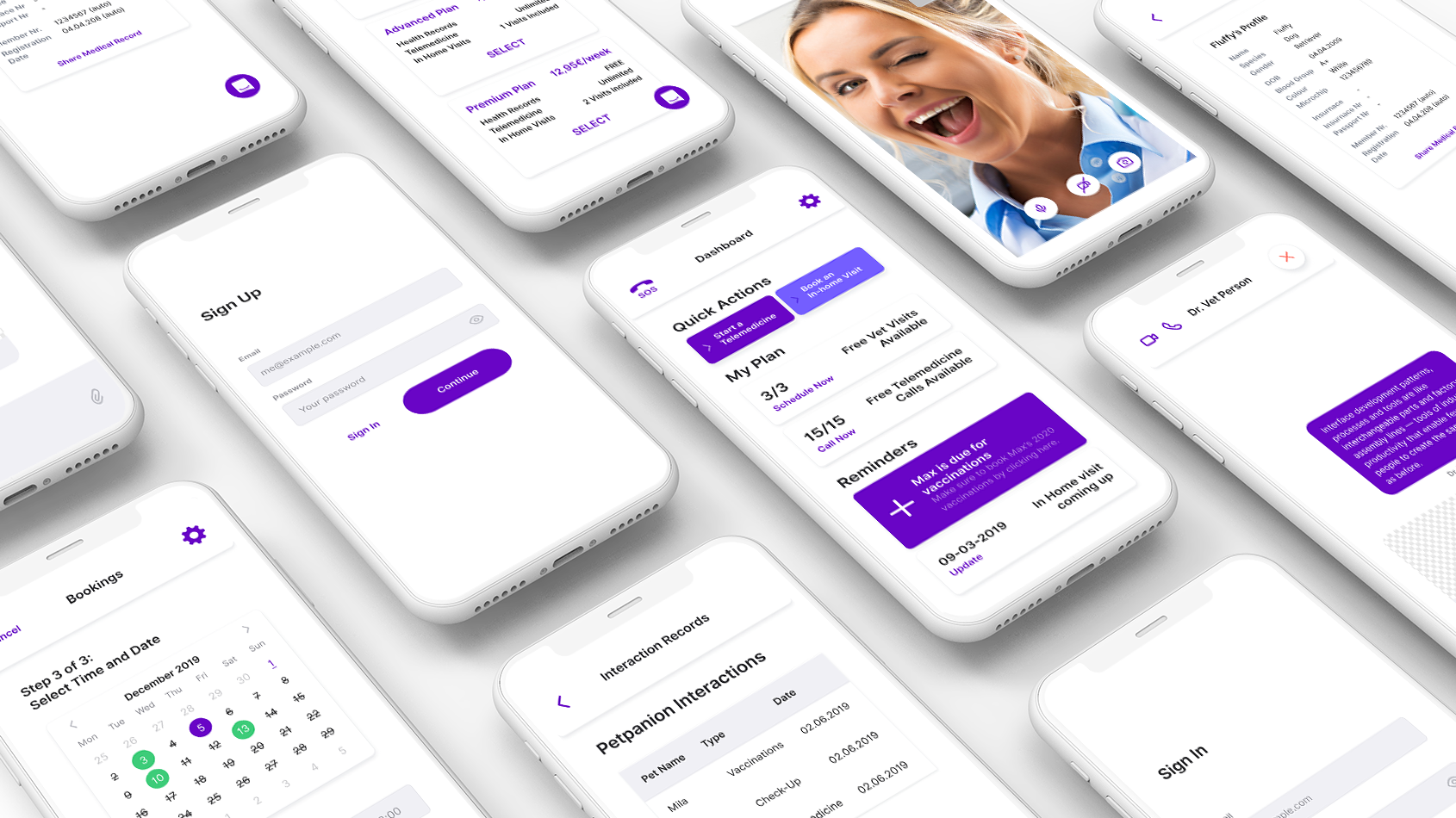
Reimagining the pet-care industry for everyone involved.
While working at Brainwave Hub the team were given free rein to come up with a product within the pet space with the potential to change the way pet owners think about pet care.
Our client owns a veterinary chain in Switzerland so we had to make sure that the product benefits both pet owners and veterinary professionals.
Project: Petpanion
My Role: UX Designer
Market research, ideation, user research, persona’s, empathy mapping, journey mapping, wire-framing, lo-fi designs, prototyping, usability testing, design pitch deck, hi-fi designs, design system, branding, marketing website design and development.
The product team consisted of 3 developers, a project manager and myself as the product designer. I worked closely with the team to identify the, test and prioritise the features of our product.
Mapping the pet life cycle.
We started off by using Affinity mapping to document everything that happens during the pet’s life cycle. Including the actions the pet owner might take and the places, people and interactions they might typically have during this process. I then arranged these on a timeline. This allowed us to narrow down the best opportunities for us to make a difference in our users lives.
Market Research &
Trend Mapping.
Market research efforts helped us narrow down the most attractive spaces in which we might be able to make the biggest impact in the pet user journey.
OUTCOME:
Pet medication, pet food, insurance, telemedicine, pet hotels, dog walking and pet sitting.
PROBLEM:
We cannot tackle all of these given our time and resource constraints. So we needed to do further research to narrow it down even further.
User Interviews & Surveys
Next up we hit the streets, more specifically dog parks, cafe’s, pet stores and veterinary clinics. We sent out a survey online and also conducted video interviews via testing time. Our aim was to narrow down the scope and identify our feature list.
OUTCOMES:
People in our target market are not interested in dog hotels. They perceive them as expensive and they would prefer to leave their pet with a loved one.
The same goes for pet sitting and walking. They prefer to leave their pet in friends or families hands.
People are willing to try telemedicine if it is cheaper than going to the regular vet.
They would be interested in a subscription if it saved them time, money and effort.
Vet’s are sceptical about telemedicine.
Research conclusion:
We believe that a subscription bundling services would create the biggest impact in pet owners experience by saving them time and money.
Lean UX Canvas.
Using the lean UX canvas we came up with the top questions we needed to explore and solve in order for the product to be successful.
Our hypothesis was that offering telemedicine as a form of triage would increase the vet practice’s customer base, customer loyalty and customer retention.
MVP feature list.
TELEMEDICINE
We would offer one free telemedicine call to all new users. Based on which subscription they sign up for they would have more calls or they could pay per use.
MOBILE VET APPOINTMENTS
The user would be able to schedule an appointment with a mobile vet and manage their appointments within the app.
HEALTH RECORD
The user would be able to view and share a record of all the interactions they have had with the vet.
Feature refinement
Now that we knew what we were building it was time to refine our features even further and to get an intimate understanding for what our users need.
Personas.
The first step was to create personas. I created several personas covering different kinds of pet owners. Different ways of looking at the product from the users perspective. This included pet owners in different demographics, vets that would be integrating with the platform as well as employees on the Petpanion side.
Experience Mapping.
We are mapping the user experience of VALUE. Value is what drives the interaction with Petpanion. We mapped what a user might think, feel, do and what questions they are asking during all the 5 stages (awareness, consideration, conversion, usage and hopefully advocacy.
OUTCOME: We learned how we might be able to delight the pet owner by minimising frustration during stressful times and going the extra mile towards the end so that we leave them with a positive memory of the Petpanion experience.
User Story Mapping.
Knowing what features we are building I broke down the features into actionable user stories that I can start creating wireframes for. These stories were grouped in “value chunks” in order to most effectively plan what we would be designing, testing and developing first.
Wireframing.
Once that was done I created wireframe flows for each of the major flows in the product in order to start getting feedback from the team and some of our users. We did another round of interviews internally and with friends who owned pets.
Prototyping and User Tests.
Next I created 9 user test prototypes that we used to test with users. They were all designed in order to test a specific question regarding the flow.
When should we ask the user to create a pet profile.
When should we ask them for billing details.
How can we establish if they are in an area we are operating in most effectively?
etc.
OUTCOME: I was then able to design the mobile app armed with this knowledge. The mobile app was then converted into a responsive design once the flows were semi-finalised.
Design System
For consistency and high quality across platforms I created a scalable design system.
